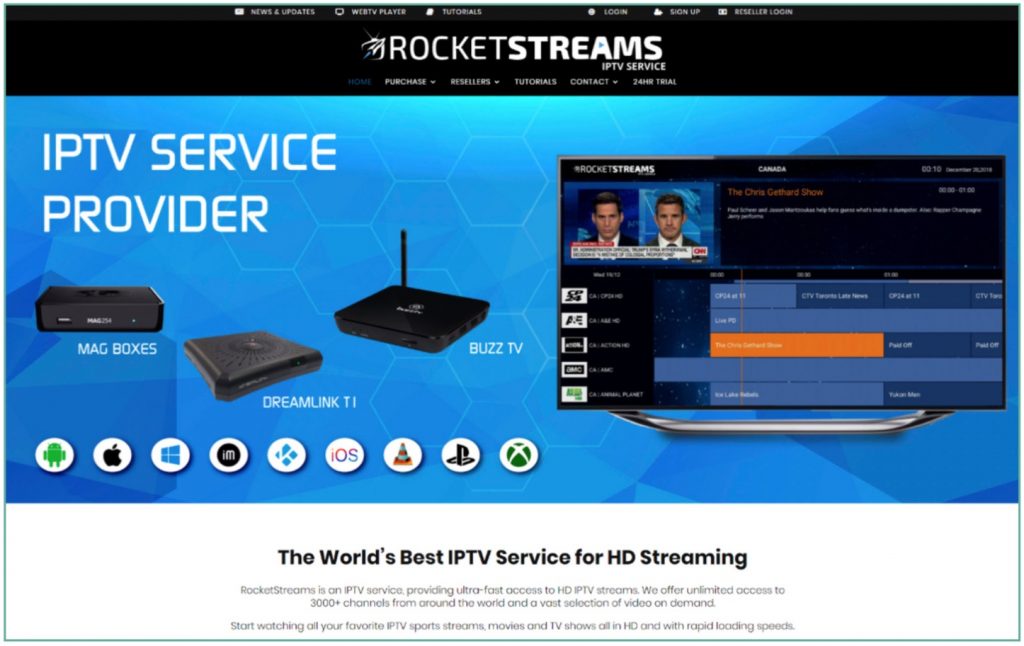 A report by Digital Citizens Alliance, developed in collaboration with Nagra, says that as many as 30 million consumers, in 9 million American households, consume illegal streaming services; often without realizing it.
A report by Digital Citizens Alliance, developed in collaboration with Nagra, says that as many as 30 million consumers, in 9 million American households, consume illegal streaming services; often without realizing it.
The report finds that pirate services in the US are offered to consumers at $10-15 per month – and for as little as $2/mo in other regions. In addition to subscription fees, pirates also profit by implanting malware.
The report illustrates a two-tiered pirate distribution model, in which wholesalers average more than $1.3 Million in profit at 85% margin, by selling to retailers and direct-to-consumer. In turn, retailers make more than $300,000 per year with an average 56% profit margin. At the time of the report, DCA and Nagra estimated that at least 3,500 such operations are running in the United States.
The report details the low costs to establish a pirate streaming service, a low barrier to compete against legitimate video providers. Would-be pirate retailers don’t even need to set up their own servers and infrastructure: some pirate operators will ask whether consumers want to become resellers themselves, and will set them up for costs that range between $800 and $1,500.

Unlike legitimate pay TV and streaming services that invest heavily in secure video delivery, pirates typically distribute their content without encryption. Ironically, while that approach reduces the pirate’s cost of delivery, other pirates can steal that pirate’s programming.
Read the DCA-Nagra press release (has a link to the report)
Why it matters
Consumers adopt pirate services – often without realizing that the services are illegal. The report describes many of the risks that ensue.
In some cases, consumers are asked to share their residential IP connection to help improve delivery (or sometimes, not asked but it’s exploited anyway). When that connection becomes available to the pirate operation, the pirate can distribute illegal content or software (ransomware, bots that perform bitcoin mining, adware).
It’s difficult for law enforcement to pin down such localized distribution because the content going through a consumer connection and not through a broadband provider’s data center. Also, it may take the consumer completely by surprise when the police knock at the door.












